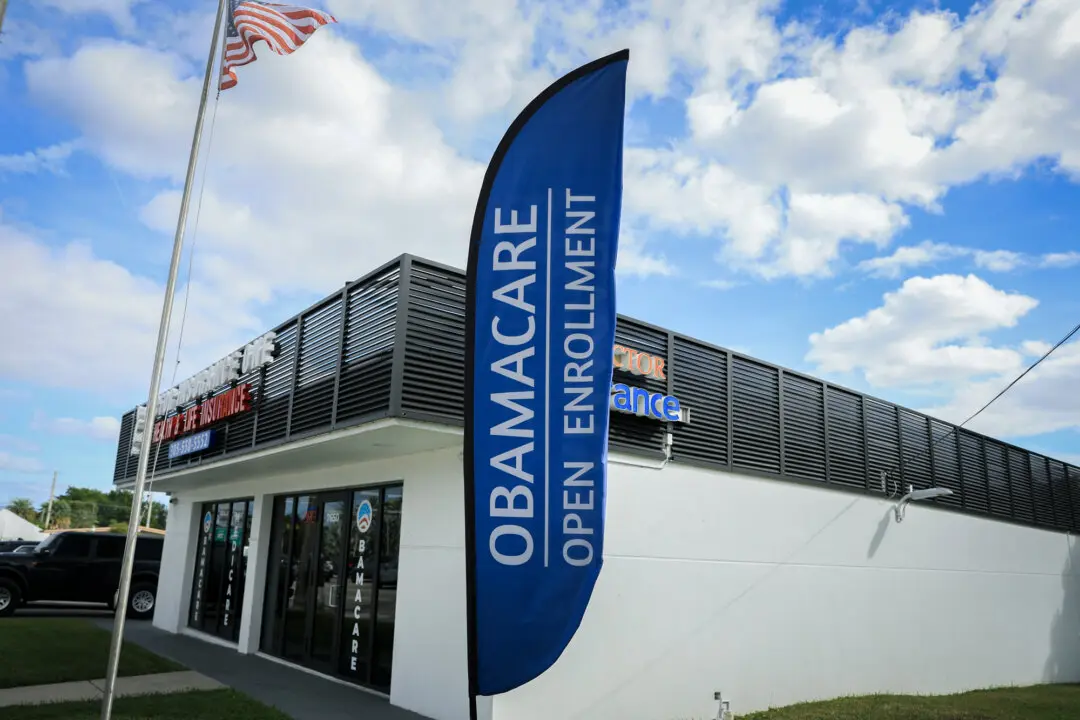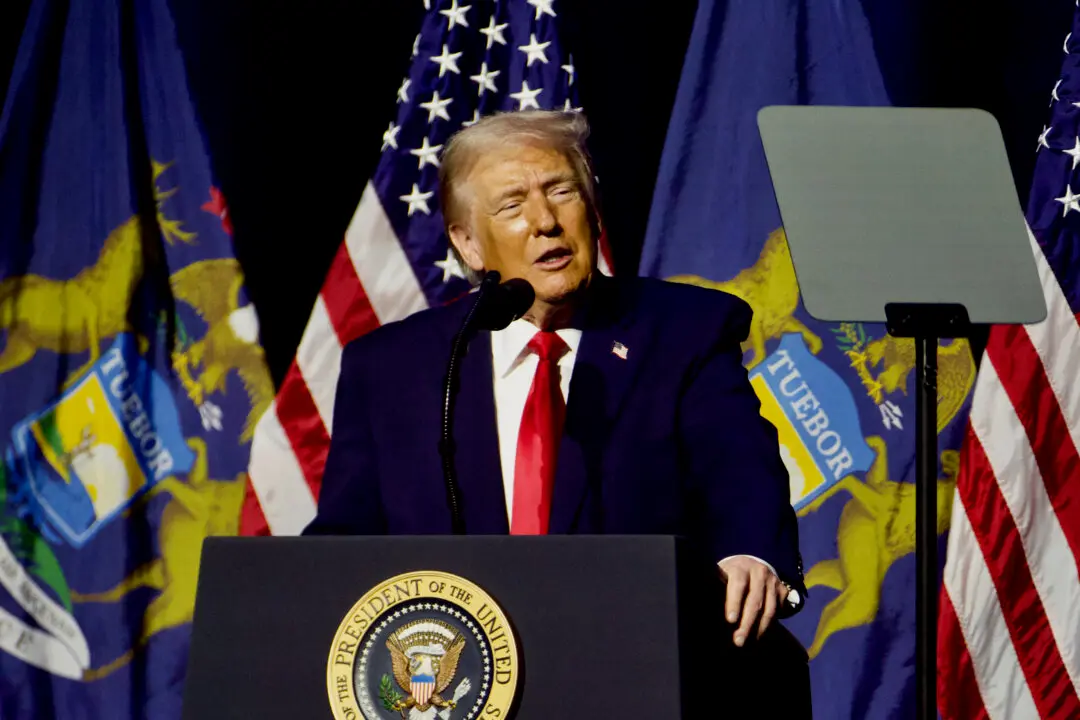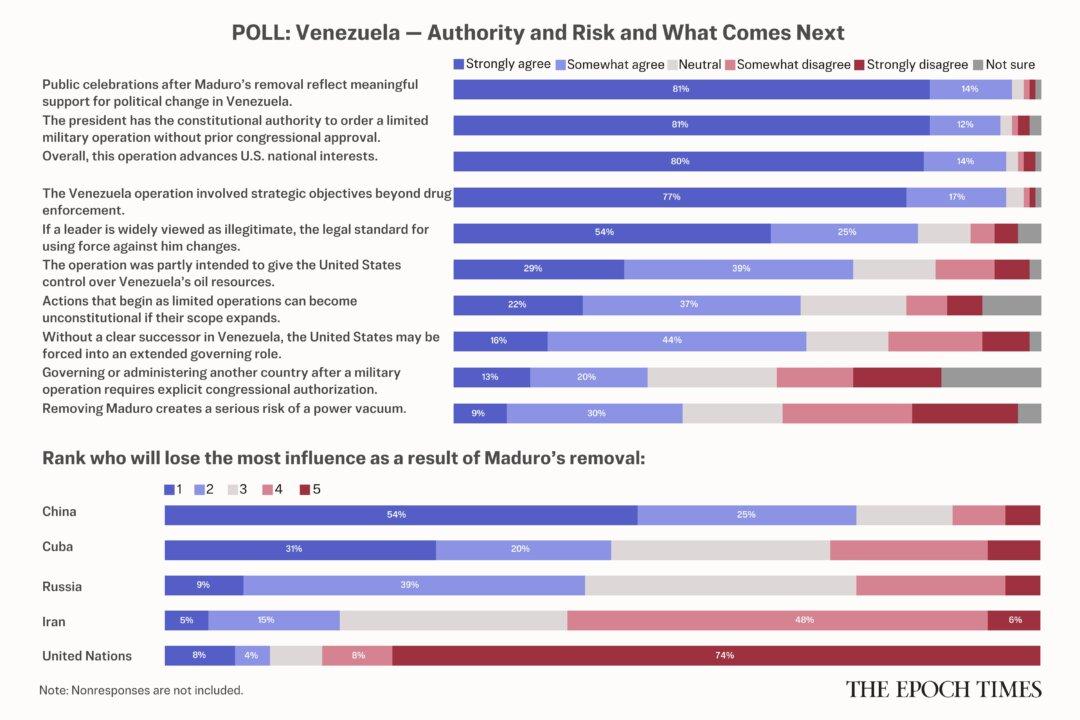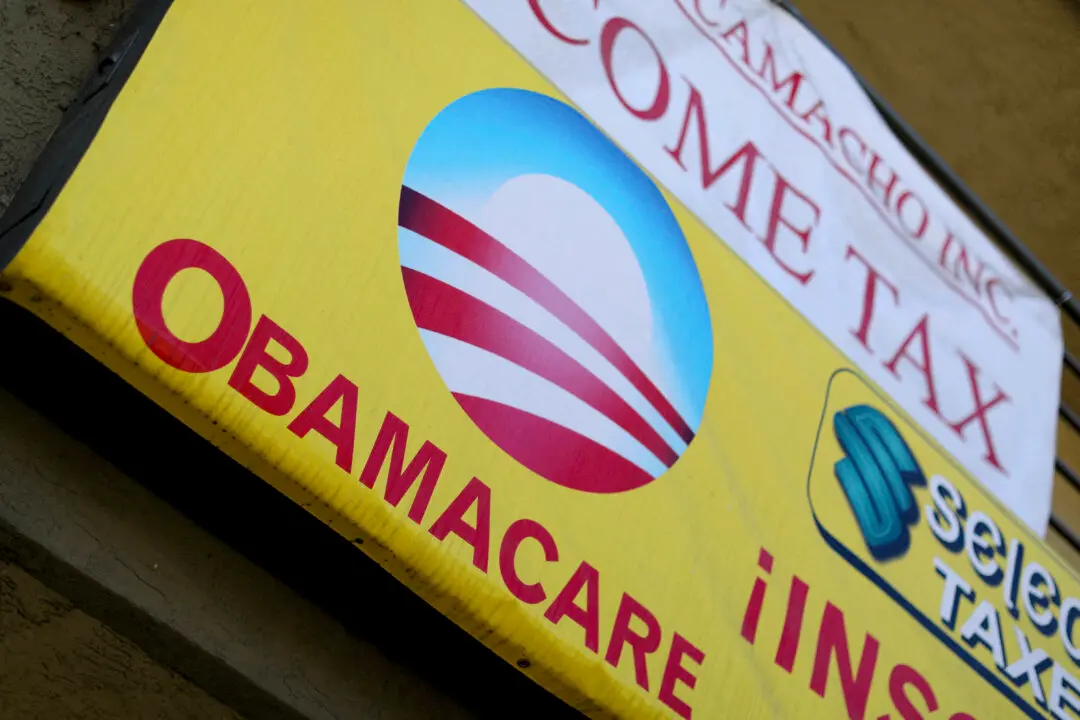Sen. Bob Casey (D-Pa.) has raised nearly $4.5 million for his reelection campaign in the first half of this year, but that may be only a fraction of the amount needed if Republicans mount a strong challenge in Pennsylvania’s 2024 Senate race.
About $2.6 million of Mr. Casey’s contributions came from individual donations averaging $394 apiece. Another $692,000 came from unspecified individuals, nearly $843,000 from political action committees, and $365,000 in transfers from authorized PACs, according to the Federal Election Commission.





